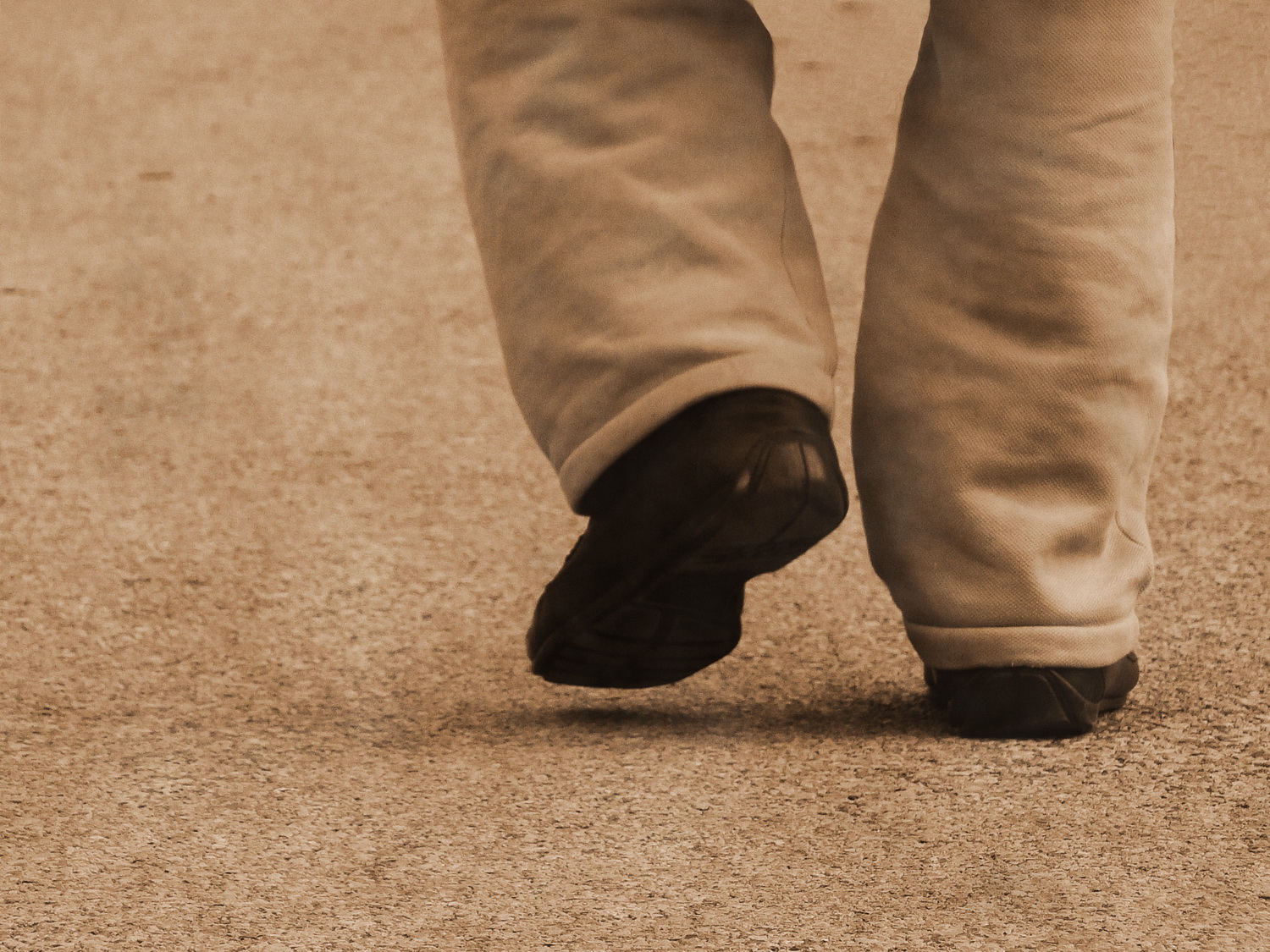
MONDAY, Nov. 30 (HealthDay News) — Many medical students get stuck by needles, putting them at risk for blood-borne diseases, but they often fail to alert hospital authorities, which increases their risk of infection, a new study has found.
The researchers interviewed 699 surgery residents at 17 medical centers and found that 415 — 59 percent — had experienced needlestick injuries as medical residents, often more than once.
In many cases, they didn’t report their injury, meaning they didn’t have an opportunity to undergo treatment to prevent HIV or hepatitis C infection if needed. Medications are available to prevent infection from setting in after exposure to the diseases, the study authors noted in the report published in the December issue of Academic Medicine.
“Medical schools are not doing enough to protect their students, and hospitals are not doing enough to make medical school safe,” Dr. Martin A. Makary, an associate professor of surgery at the Johns Hopkins University School of Medicine and lead researcher for the study, said in a university news release. “We, as a medical community, are putting our least skilled people on the front lines in the most high-risk situations. Most trainees are still forced to learn to sew and stitch on patients, which puts both providers and patients at risk.”
Makary said medical schools should rely more on training devices that simulate humans and take steps to prevent doctors from performing as many procedures on patients until they’ve developed better skills.
“Hospitals are not creating a culture of speaking up,” added Makary. “If people are not speaking up regarding their own safety concerns, it’s probably a surrogate marker of people not speaking up about patient safety concerns.”
More information
Learn more about needlesticks from the U.S. Occupational Safety and Health Administration.

